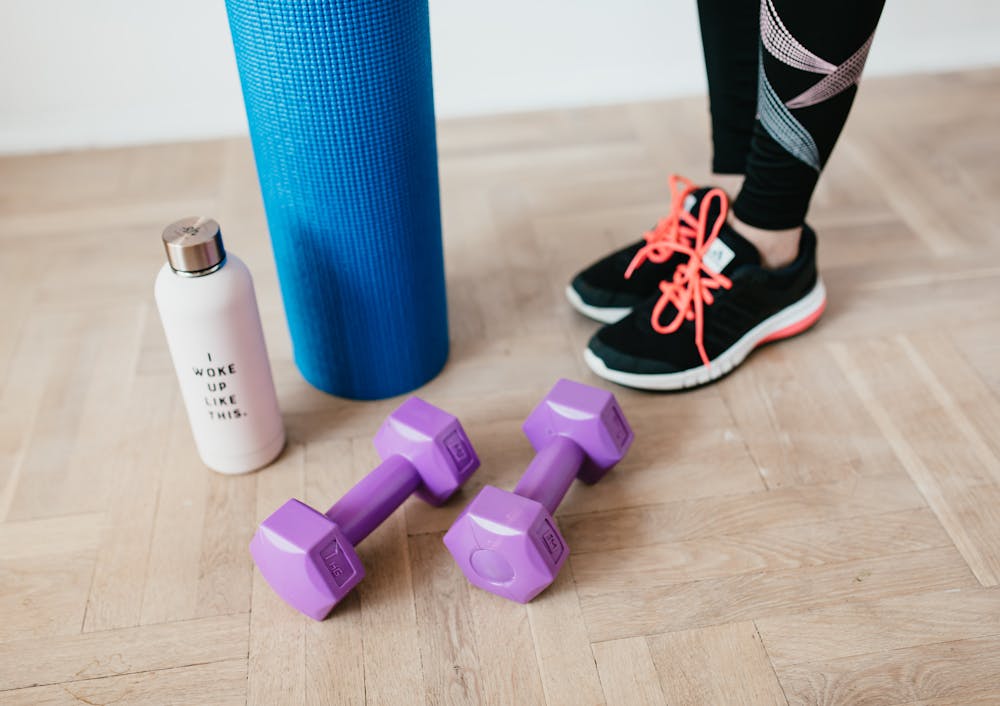In recent years, home gyms have gained immense popularity, especially with the rise of remote work and the need for convenience in our busy lives. One common problem many fitness enthusiasts face, however, is finding adequate space to set up their workout area. Basements, often underutilized and filled with clutter, present a fantastic opportunity to create a functional and dedicated home gym. By transforming your basement into a fitness haven, you can achieve your health goals without leaving the comfort of your home.
Assess Your Basement Space
The first step in creating your basement home gym is to thoroughly assess the available space. Start by evaluating the current condition of your basement. Check for potential issues such as moisture, mold, or low ceilings that could impact your workout experience. A dry and well-ventilated space is essential for both your comfort and the longevity of your equipment. Once you have addressed any necessary repairs or improvements, measure the area to determine how much space you have to work with. Planning the layout is crucial, as it will help you visualize where different zones for various exercises can be placed, ensuring that you make the most of the available space.
Make Space for Your Gym Equipment
To create a functional home gym, you need to clear out your basement and make space for your gym equipment. This might involve moving items that are currently stored in the basement into a storage unit. Renting a storage unit can help you declutter and organize your belongings, freeing up valuable space for your fitness gear. Additionally, hiring a moving company like Solomon & Sons can make this process more efficient and less stressful. It’s a storage and moving company serving South Florida and their professional movers can handle the heavy lifting and transportation of your items, allowing you to focus on setting up your gym.
Once the space is cleared, you can start bringing in your equipment and arranging it in a way that maximizes both functionality and accessibility.
Ensure Proper Ventilation and Lighting
A comfortable workout environment is essential for maintaining your motivation and performance. Proper ventilation and lighting play a significant role in achieving this. Basements can often be stuffy and poorly lit, which can make exercising unpleasant. To improve ventilation, consider installing fans or even a small HVAC system to ensure a steady flow of fresh air. Good lighting is also crucial. Natural light is ideal, but if your basement lacks windows, invest in bright, energy-efficient LED lights to illuminate the space. Adequate lighting not only enhances the ambiance but also ensures safety while you exercise.
Choose the Right Flooring
The type of flooring you choose for your home gym can significantly impact your workout experience. Basements often have concrete floors, which are not ideal for exercise due to their hardness and lack of shock absorption. To protect your joints and equipment, consider installing rubber mats or foam tiles. These materials provide cushioning, reduce noise, and are easy to clean. Rubber flooring is particularly durable and can withstand heavy weights and high-impact activities. When choosing your flooring, consider the type of workouts you will be doing and select a material that meets your needs for both comfort and durability.
Create a Functional Layout for Efficiency
Once you have your equipment and flooring in place, it’s time to think about the layout of your gym. An efficient layout is crucial for maximizing your workout space and ensuring a smooth flow during your exercise routine. Begin by placing the largest pieces of equipment, such as treadmills or squat racks, against the walls to free up the center of the room for movement and stretching. Group similar types of equipment together; for instance, keep all your cardio machines in one area and your weightlifting gear in another. This organization helps you move seamlessly between different exercises. Don’t forget to leave enough space around each piece of equipment for safe use and easy access. Creating designated zones for various types of workouts not only improves functionality but also makes your gym look more organized and inviting.
Addressing Noise Concerns and Soundproofing
Working out in your basement can generate a lot of noise, which might disturb other household members. To minimize this, consider implementing soundproofing solutions. Adding rubber mats or foam tiles can help absorb noise from dropped weights and high-impact exercises. You can also use acoustic panels on the walls and ceiling to further dampen sound. If your basement has exposed pipes or ductwork, wrapping them with soundproof insulation can prevent them from amplifying noise. These measures not only create a quieter environment for the rest of your home but also make your gym more pleasant for you. Additionally, being considerate of your workout times can help maintain peace in your household.
Set Up a Music and Entertainment System
Music and entertainment can play a vital role in enhancing your workout experience. Setting up a sound system or a TV in your basement gym can make your exercise sessions more enjoyable. Whether you prefer high-energy music to keep you pumped or a TV to watch your favorite shows while on the treadmill, having an entertainment system can help you stay motivated and pass the time more pleasantly. Wireless speakers are a convenient option for playing music, while a mounted TV can save space and provide a clear view from different areas of the gym. Ensuring your entertainment setup is accessible and easy to use will make your workouts more enjoyable and something to look forward to.
Maintaining Your Home Gym for Longevity
Once your home gym is set up, maintaining it is crucial for its longevity and your continued motivation. Regular cleaning and maintenance of your equipment are essential to ensure it stays in good working condition. Wipe down machines, weights, and mats after each use to prevent the buildup of sweat and grime. Periodically check your equipment for any signs of wear and tear and address any issues promptly to avoid accidents. Keeping your gym organized and clutter-free also makes it more inviting. Dedicate a specific spot for each piece of equipment and ensure everything is put back in place after use. A well-maintained gym not only prolongs the life of your equipment but also creates a more pleasant workout environment.
Conclusion
Transforming your basement into a functional home gym is a rewarding project that can enhance your fitness journey and overall well-being. By carefully planning and organizing your space, you can create a dedicated workout area that meets your needs and keeps you motivated. From assessing the space and making room for equipment to addressing noise concerns and adding personal touches, every step is essential in building a gym that you’ll love to use. With proper ventilation, lighting, and an efficient layout, your basement can become the ultimate fitness haven. Remember, maintaining your home gym is key to ensuring its longevity and keeping your workouts enjoyable. So, take the plunge and start transforming your basement today – your future self will thank you for it.





